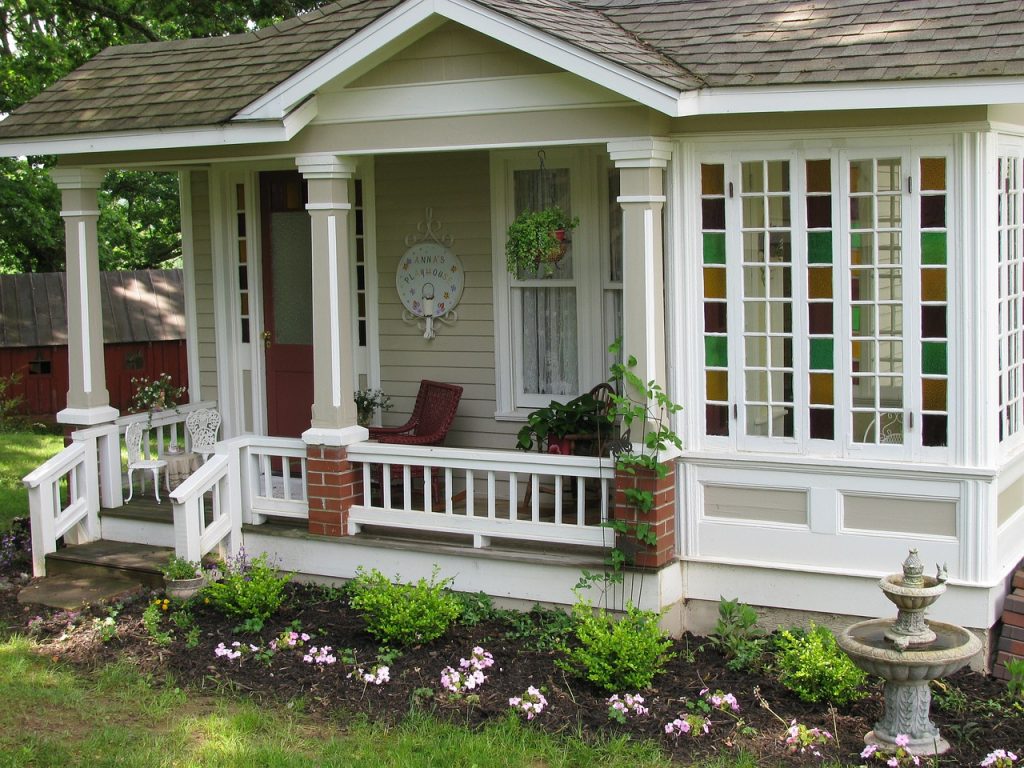Although the use of asbestos has been banned since 2004, there are still countless of existing buildings containing it. It’s most prevalent in buildings built during the period between 1940 and 1980. This was the peak period for asbestos usage. It was a cheap material that was durable, multi-functional and fire retardant.
Albeit useful, it quickly came to light in the medical world, as being the cause for life-threatening dangers. Revealing itself after 10 to 20 years from the time of exposure. Some of these medical conditions include asbestosis (pulmonary fibrosis from asbestos), pleural plaques, pleural effusion, pleural thickening, rounded atelectasis and more severe malignant conditions such as mesothelioma and lung cancer.
In other words, there is no “safe” level of exposure to it’s fibers. This raises the need to know how to check for it when renovating an existing property.
The risk of asbestos exposure in home renovations
Many people are in favor of home renovations. Almost just as many of them are oblivious to the dangers of asbestos. Unfortunately, this ignorance can result in potential health problems. Not only for the renovator but their families, friends and entire neighborhood too!
Unless you are trained in identifying it, it is highly unlikely that you will know whether it is present. To the eye, it blends in seamlessly with other building materials. Even the most experienced builder will be unable to identify whether a cement plasterboard sheeting wall is asbestos-free.
Common places you may find asbestos at home
Due to the multi-functional aspect of asbestos, identifying where it may be can prove to be challenging. Many people assume that it was used only for insulation of a home, which is not true.
Before the realizations of the health hazards, it was often considered as builders gold. This was due to its natural properties of being extremely durable and both sound and fire resistant. It was used in thousands of different manufacturing processes. For example, your cooking stove and the artificial ash used in gas fireplaces.
As for the common places to find asbestos in your home, this may include the following:
- Plasterboard walls
- Ceilings
- Cement fibro sheeting
- Inside cupboards
- The eaves of your house
- Carpet and rug backing
- Air conditioner or heater insulation
- Inside air ducts
- Roofing tars
- Garden fences
- Pipes and duct connectors
- Vinyl flooring including sheeting and adhesives
- Paints and sealants
- Artificial brick veneers
- Garden sheds
- Plant barriers
- Dog kennels
- Mailboxes
- Electrical backboards in the fuse box
What you should do if you suspect asbestos in your home
Before starting house renovations, it’s important to remember that you can’t visually identify it. The only way to know is to have it officially tested.
Finding out when your house was built is a good place to start. Since homes built after the 1990’s bears a lower risk and after 2000 is almost non-existent.
Get in touch with a licensed asbestos remover. They will come to your home and take samples of materials to test. Be sure that an asbestos remover is registered and accredited by the National Association of Testing Authorities. This will mean that the samples tested will conform with industry standards. Followed by an official NATA report on the findings.
This post is a collaboration and may contain sponsored affiliate links. All opinions are our own and for informational purposes only.


